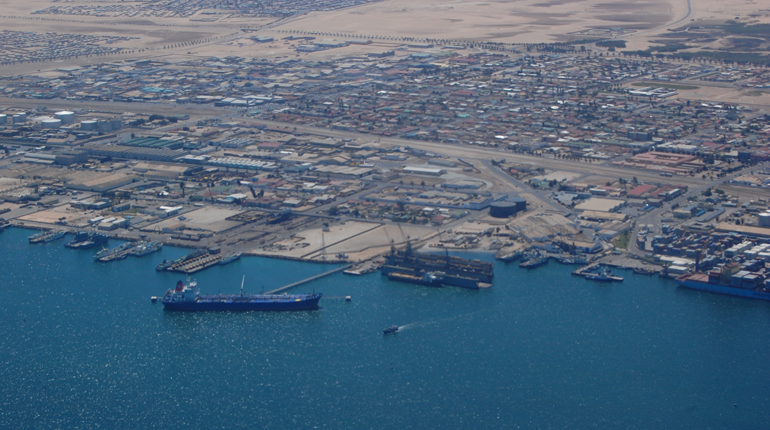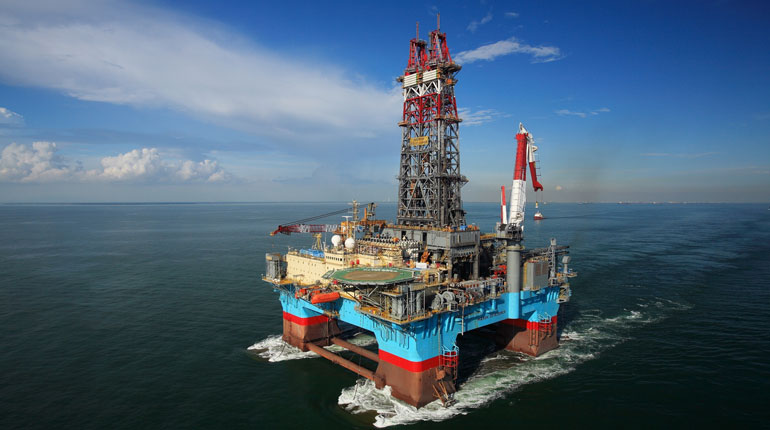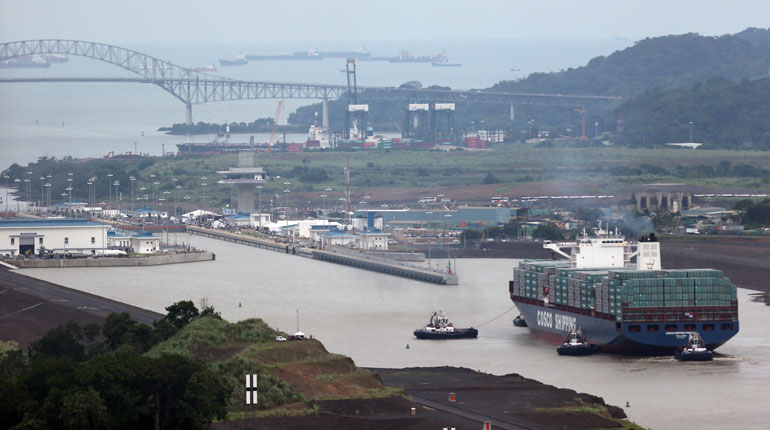 Xaris Energy’s LNG-to-power project is planned for Walvis Bay, Namibia. (Jeremy Hetzel, Flickr)
Xaris Energy’s LNG-to-power project is planned for Walvis Bay, Namibia. (Jeremy Hetzel, Flickr)
Namibia’s High Court ruled in favour of the Xaris Energy LNG-to-power project planned for Walvis Bay last Thursday, rejecting a claim by rival power producer Arandis Energy that the project failed to meet key criteria in NamPower’s 2014 tender.
Acting Judge Collins Parker dismissed the claim with costs, ruling that there had been an "unreasonable delay" in lodging the application. Arandis started the process 16 months after it was made aware NamPower had selected Xaris as preferred bidder and 12 months after NamPower made the decision to award the tender on 30 March 2015.
The court dismissed Arandis’s argument that the delay was justified. The company said it had been waiting for the results of a review by the country’s new energy minister that was intended to investigate irregularities in the tendering process and independently study the project’s long-term energy sustainability and costs. The review was launched in April 2015 immediately after the award of the tender was announced on NamPower’s website.
The judge ruled the interference from the minister and other members of the executive in the award process was unlawful, and "cannot be legitimate ground for the unreasonable delay [as] it would be setting a very dangerous precedent".
"[Arandis] will be appealing and we have solid grounds for this," Ezio Vernetti, the company’s managing director, told Interfax Natural Gas Daily on Monday.
"In essence, the judgment is only about technicalities and does not even attempt to consider the merits of the case. Acting Judge Parker is in essence saying ‘because you were late, and you failed to read the NamPower website announcement about the award to Xaris in April 2015, you have no case’," he said.
Unaddressed issues
Vernetti pointed to a number of issues that were not addressed by the court. These included the fact that the original deadline for the tender was 11 March, before any award was announced. He noted that Xaris’s bid, which was initially for a 300 MW plant, did not comply with the tender’s 230-250 MW capacity requirement and therefore should have been disqualified. The tender was also never officially awarded, he argued.
"To speak of an ‘award’, there needs to be official notification in writing to both the successful bidder and to the unsuccessful bidder, in accordance with a formal procedure set by the Ts&Cs of the NamPower tender and procurement policy clauses that governed the tender. Such notification never happened," Vernetti told Interfax Natural Gas Daily.
Xaris countered the disputed legitimacy of its 300 MW bid despite the fact that the company only has a generation licence for 200 MW. "The licence value was not a requirement for the tender. It was only a condition to be complied with before contract conclusion," a Xaris spokesperson told Interfax Natural Gas Daily in May.
Xaris has applied to increase its generation licence to 300 MW, and Namibia’s Electricity Control Board is considering its request.
Selecting a site
However, Xaris has still not committed to the site where it plans to start building the plant. The project’s first environmental and social impact assessment (ESIA) – which was granted in March 2016 – required Xaris to use another site 10 km away. The Ministry of Environment and Tourism (MET) said Xaris will need to identify a suitable site – which will now be within the Dorob National Park – and then re-apply for a site-specific ESIA.
A spokesperson told Interfax Natural Gas Daily in May that Xaris was confident "the current site is still the most suitable". The company will issue a statement once it has clarified the situation with the MET, but it did not provide an update on the ESIA status when contacted on Thursday.
Xaris will now "actively pursue engagement with NamPower for the finalisation of the power-purchase agreement", Xaris Managing Director Hennie Steyn said in a statement on Friday.
Steyn expects financial close on the project could be reached by October 2016 depending on how the new negotiations progress, with first power expected six months later. However, it will take 12-15 months for the project to reach its 200 MW capacity.
Namibia’s other major electricity project, the Kudu gas-to-power plant, is also suffering further delays. NamPower had pushed back an FID on the 850 MW plant to mid-2016, but no progress on the project has been announced. A NamPower spokesman did not respond to requests for comment.
Namibia’s energy ministry expects the country’s peak power demand to rise from 611 MW currently to 879 MW by 2020. In the past, the country has relied on imported electricity – usually from South Africa – to meet 50-60% of its annual requirements. But the Namibian government’s new energy policy calls for domestic generation to meet 75% of the country’s demand.








Talk to us
Natural Gas Daily welcomes your comments. Email us at [email protected].